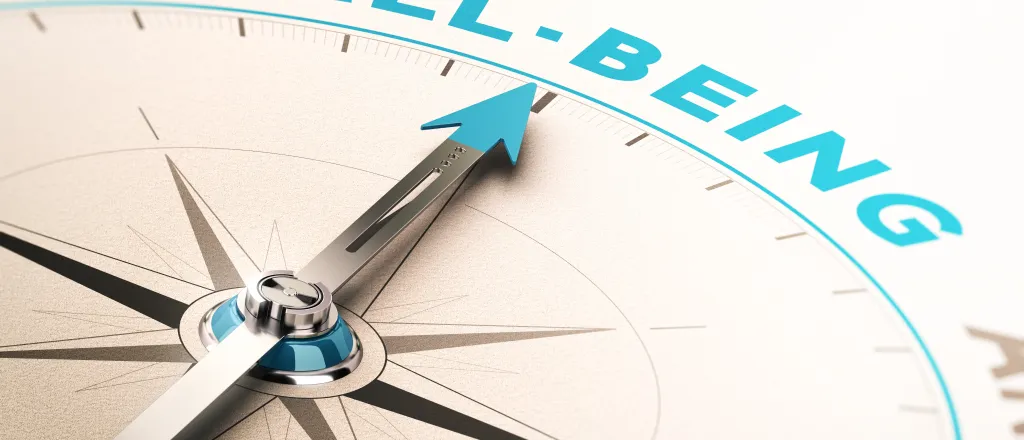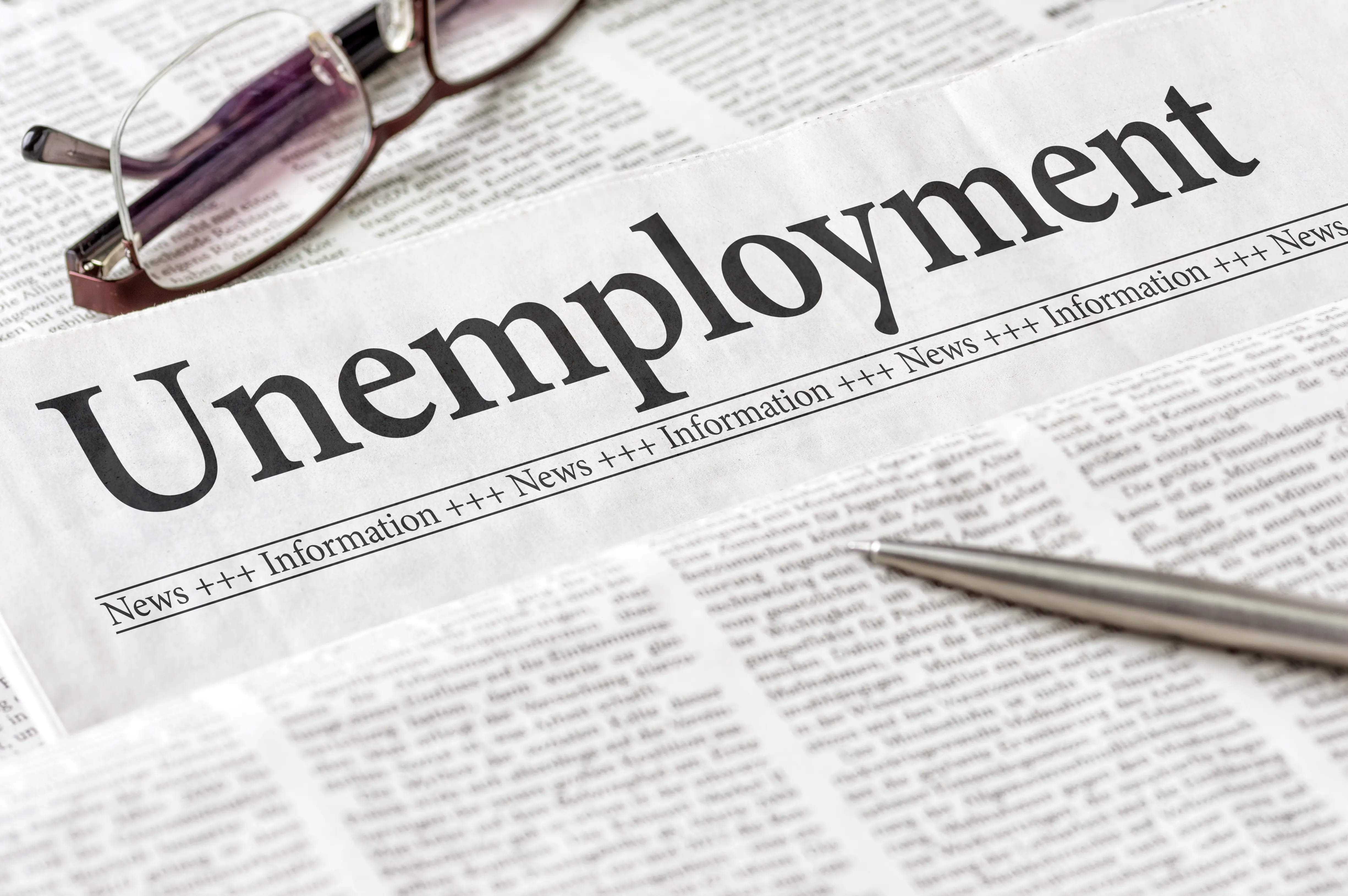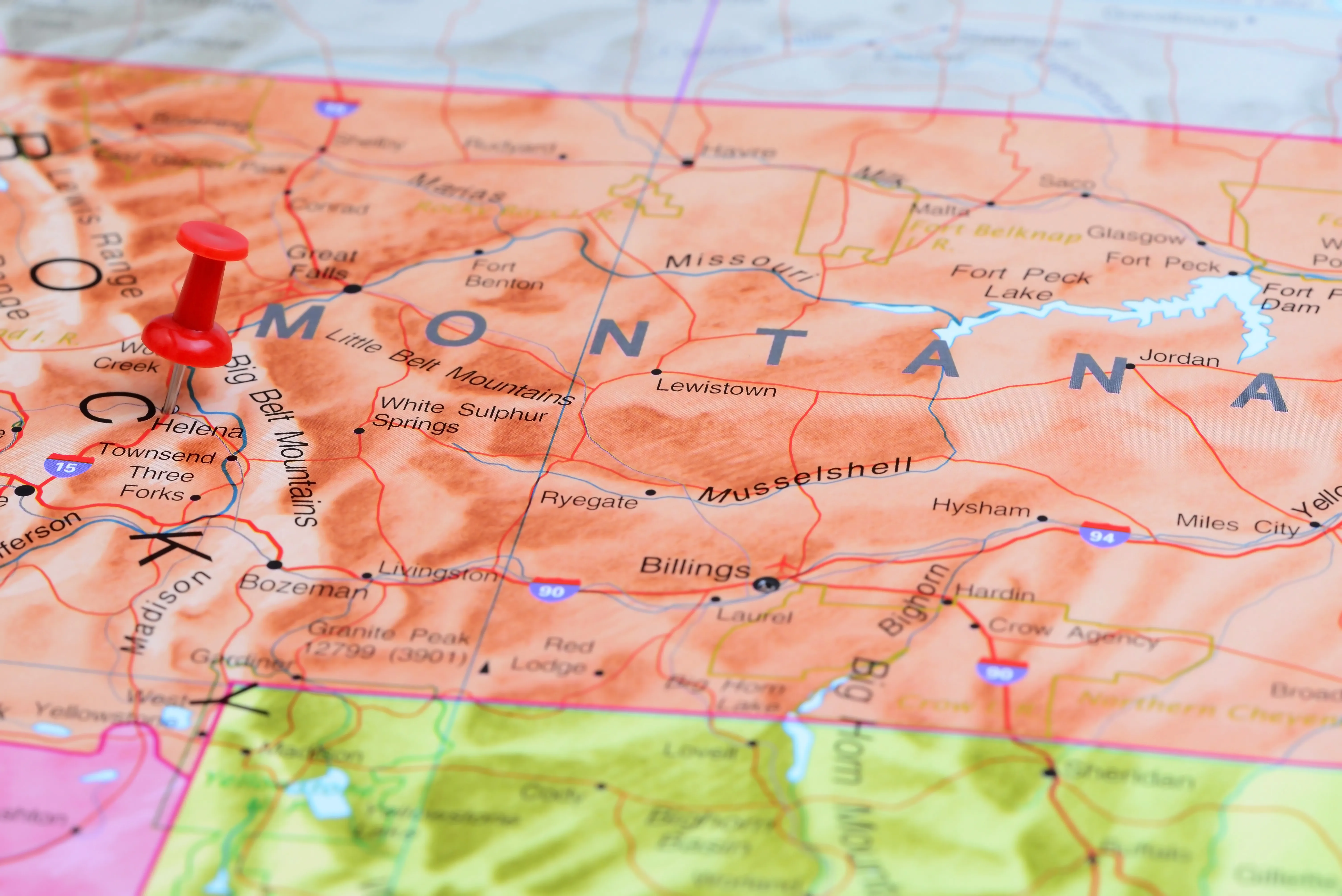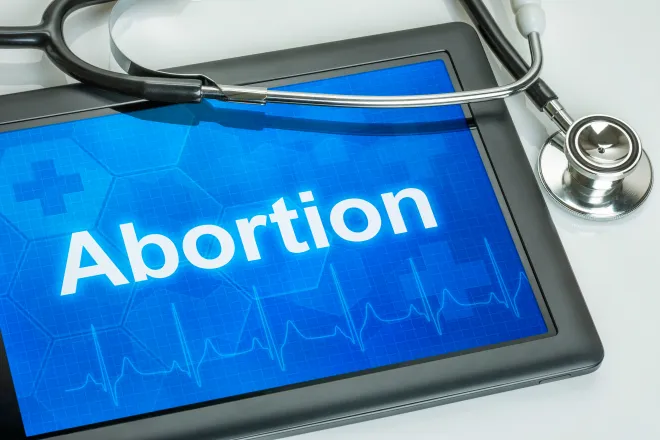
Measuring the overhaul of suicide prevention line, one year in
(Greater Dakota News Service) Assessments continue following the first anniversary of 988, the new version of the National Suicide Prevention Lifeline. In July of last year, the lifeline switched from its 10-digit number to the easier-to-remember three digits.
Nationally, there were 5 million requests for help in the first year.
Janet Kittams, CEO of the 211 Helpline Center, said statewide, they saw a 130 percent increase in calls and texts to 988. She added more of the calls were non-crisis, an encouraging sign people are seeking help when symptoms first emerge.
"We'd much rather talk to people on the front end of a mental health or behavioral health issue," Kittams emphasized. "As opposed to the point when they're in very deep crisis."
Like other states, Kittams acknowledged they face staffing pressures in finding enough trained counselors to take calls. But she pointed out they have still been able to operate 24 hours a day, seven days a week, and additional funds from the state this year will help. However, with a shortage of clinical providers still prominent, it can take someone several weeks to see a local specialist after their initial call to 988.
Kittams noted in those situations, they do their best to make sure the person who called feels supported while they wait for their appointment.
"If somebody calls us on 988, we're going to offer to call them back within the next day to check in with them and see how they're doing," Kittams explained. "And then we're going to continue to offer to call back over the next four weeks to try to touch base to make sure they're still stable, that they're not in crisis."
When the switch happened, some advocates worried it would lead to more responses from law enforcement, potentially leading to involuntary treatment or standoff situations. But Kittams countered they have been proactive in getting cooperation from police agencies to ensure 988 counselors lead the calls and avoid those scenarios.
"Ninety-five percent of the time, we're able to de-escalate, stabilize that caller," Kittams reported. "And so, we don't have to require a dispatch."
And in cases where police are called, law enforcement in nearly two dozen South Dakota counties have access to virtual crisis assistance to help deescalate.
It is meant for rural areas without a mobile crisis response team. Centers for Disease Control and Prevention data show South Dakota has the fifth-highest suicide rate in the U.S.

















